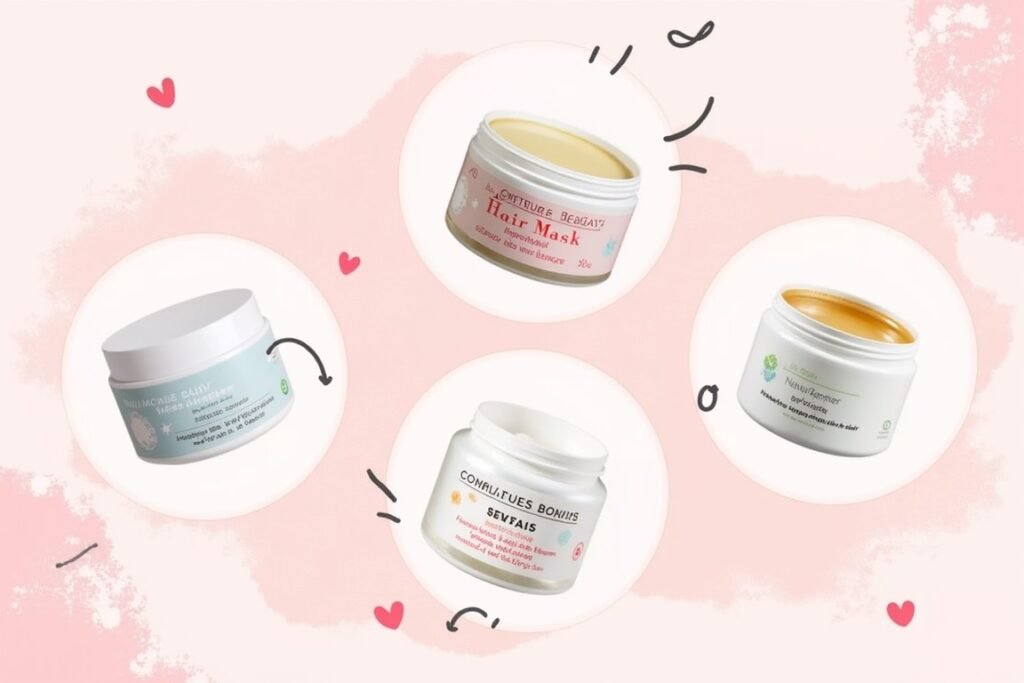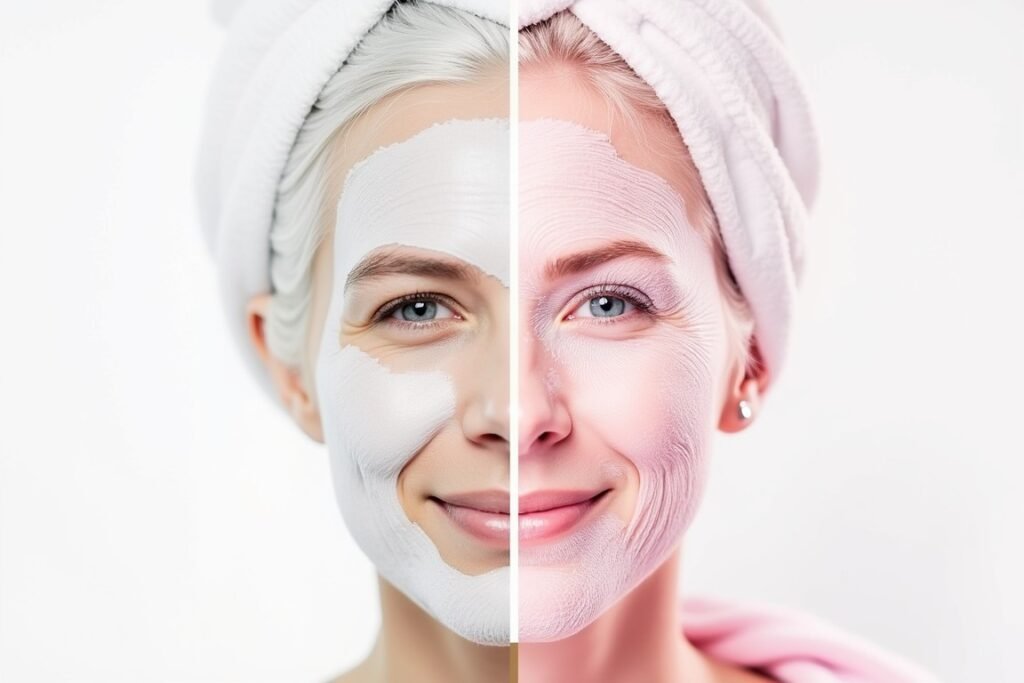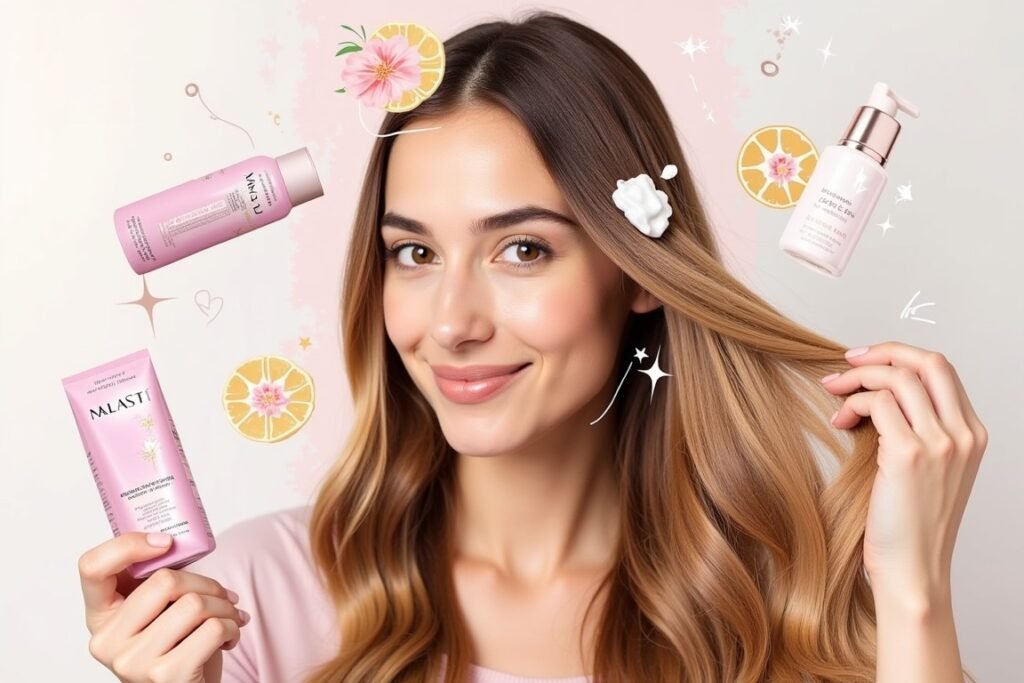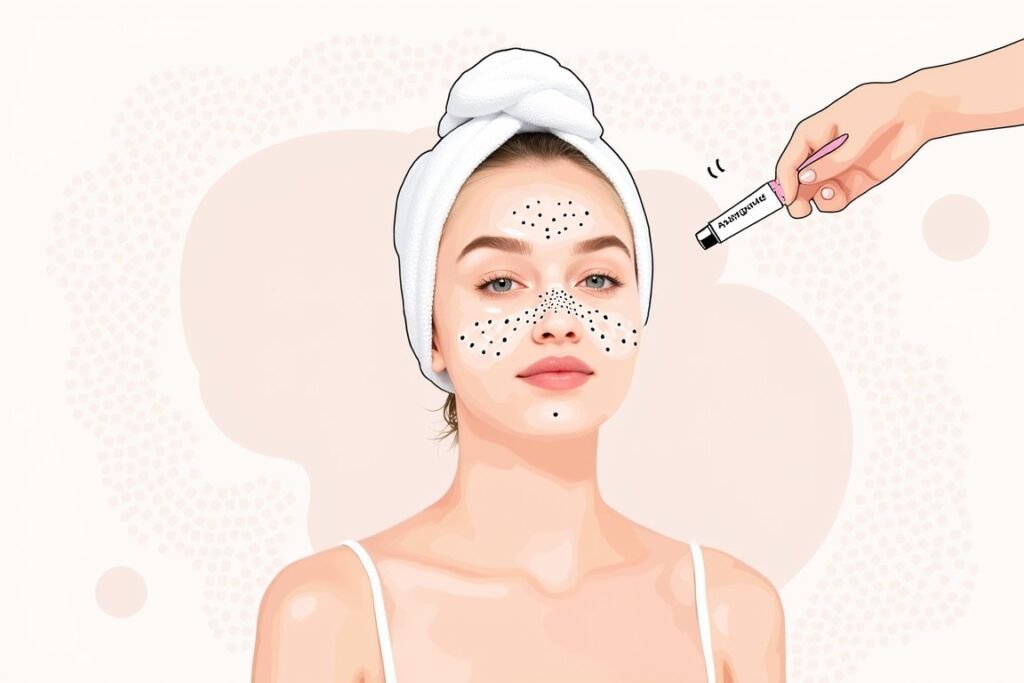If you’ve ever stood in the skincare aisle feeling overwhelmed by all the anti-aging claims, you’re not alone. Retinol, vitamin C, peptides, hyaluronic acid – everyone says their ingredient is the “holy grail” of anti-aging.
But here’s what I’ve learned after years of testing products and reading research: there isn’t one magic ingredient that does everything. The best anti-aging routines combine different ingredients that work together, each targeting specific signs of aging in their own way.
Let me break down the top 5 ingredients that actually have scientific backing, how they work, and how to use them without turning your face into a red, irritated mess.
Contents
- 1 How anti-aging ingredients actually work in your skin
- 2 Retinol – the gold standard for anti-aging
- 3 Vitamin C – antioxidant powerhouse for prevention
- 4 Peptides – building blocks for firmer skin
- 5 Hyaluronic acid – plumping and hydration hero
- 6 Niacinamide – the gentle multi-tasker
- 7 How to layer anti-aging ingredients safely
- 8 Common ingredient combinations to avoid
How anti-aging ingredients actually work in your skin
Before diving into specific ingredients, let’s talk about what causes aging in the first place:
Collagen breakdown: Starting in your 20s, you lose 1% of collagen per year Free radical damage: UV, pollution, and stress create reactive molecules that damage skin cells Slower cell turnover: Dead skin cells stick around longer, making skin look dull Decreased hyaluronic acid: Your skin holds less moisture over time
The best anti-aging ingredients tackle one or more of these processes. That’s why combining different types works better than relying on just one superstar ingredient.
Retinol – the gold standard for anti-aging
How it works: Retinol (vitamin A) speeds up cell turnover and stimulates collagen production. It’s basically telling your skin to act younger than it is.
What it fixes:
- Fine lines and wrinkles
- Uneven skin texture
- Hyperpigmentation
- Large pores
Concentrations that work:
- Beginners: 0.25-0.5%
- Experienced users: 1-2%
- Prescription strength: 0.025-0.1% tretinoin
How to use it: Start with twice a week, gradually increase to every other night, then nightly if tolerated. Always use at night and follow with SPF during the day.
Reality check: Retinol can cause irritation, dryness, and peeling for the first 4-6 weeks. This is normal and usually subsides as your skin adapts.
Best for: Anyone over 25 looking to prevent or treat visible signs of aging.
Vitamin C – antioxidant powerhouse for prevention
How it works: Vitamin C neutralizes free radicals that cause premature aging and supports your skin’s natural collagen production.
What it fixes:
- Sun damage prevention
- Dark spots and uneven tone
- Dullness
- Loss of firmness
Concentrations that work:
- L-Ascorbic Acid: 10-20% (most potent but can irritate)
- Magnesium Ascorbyl Phosphate: 10-15% (gentler, more stable)
- Sodium Ascorbyl Phosphate: 5-10% (good for sensitive skin)
How to use it: Apply in the morning before moisturizer and SPF. Start with lower concentrations and work up.
Pro tip: Look for vitamin C in dark, airtight packaging – it’s notoriously unstable and loses potency when exposed to light and air.
Best for: Prevention-focused people in their 20s and 30s, or anyone dealing with sun damage and dullness.
Peptides – building blocks for firmer skin
How they work: Peptides are amino acid chains that signal your skin to produce more collagen and elastin. Think of them as messengers telling your skin to repair itself.
What they fix:
- Loss of firmness and elasticity
- Deep wrinkles
- Sagging skin
- Thin, fragile skin
Types that work:
- Signal peptides: Stimulate collagen production
- Carrier peptides: Deliver minerals needed for healing
- Neurotransmitter peptides: Relax facial muscles (like topical Botox)
Concentrations: Look for 2-10% in serums and moisturizers
How to use them: Peptides play well with almost everything. Use morning or evening, before heavier creams.
Reality check: Peptides are gentler than retinol but take longer to show results – expect 8-12 weeks for visible improvements.
Best for: People over 30 looking for a gentle alternative to retinol, or anyone wanting to boost firmness.
Hyaluronic acid – plumping and hydration hero
How it works: This molecule can hold 1000 times its weight in water, plumping skin from the inside and creating a moisture barrier.
What it fixes:
- Dehydration lines
- Dull, flat-looking skin
- Rough texture
- Tight, uncomfortable skin
Concentrations: 1-2% is effective (more isn’t better with hyaluronic acid)
How to use it: Apply to damp skin, then seal with moisturizer. Can be used morning and evening.
Important note: In very dry climates, hyaluronic acid can actually pull moisture FROM your skin if there’s not enough humidity in the air. Always follow with an occlusive moisturizer.
Best for: Everyone, especially those with dehydrated skin or living in dry climates.
Niacinamide – the gentle multi-tasker
How it works: This form of vitamin B3 regulates oil production, strengthens the skin barrier, and reduces inflammation.
What it fixes:
- Large pores
- Uneven skin tone
- Excess oil production
- Redness and irritation
- Loss of elasticity
Concentration: 5-10% is optimal (higher concentrations can cause irritation)
How to use it: Morning or evening, plays well with most other ingredients. Great for layering under other treatments.
Why it’s special: Niacinamide is one of the few ingredients that’s gentle enough for sensitive skin but effective enough to deliver real results.
Best for: People with oily or combination skin, anyone wanting to minimize pores, or those with sensitive skin who can’t tolerate retinol.
How to layer anti-aging ingredients safely
The golden rule: Thinnest to thickest consistency, and always patch test new combinations.
Morning routine order:
- Cleanser
- Vitamin C serum
- Niacinamide (if not in vitamin C product)
- Hyaluronic acid
- Moisturizer
- SPF
Evening routine order:
- Cleanser
- Peptide serum OR retinol (alternate nights when starting)
- Hyaluronic acid
- Night moisturizer
Weekly schedule for beginners:
- Monday/Thursday: Retinol
- Tuesday/Friday: Peptides
- Wednesday/Saturday/Sunday: Simple routine with niacinamide and hyaluronic acid
Common ingredient combinations to avoid
Never mix:
- Retinol + Vitamin C: Can cause irritation and reduce effectiveness
- Retinol + AHA/BHA exfoliants: Too harsh together, especially when starting
- Vitamin C + Niacinamide: May reduce vitamin C effectiveness (though some newer formulations work around this)
Safe combinations:
- Niacinamide + Hyaluronic acid: Perfect pair for hydration and pore control
- Peptides + Hyaluronic acid: Gentle anti-aging combo
- Vitamin C + Peptides: Great for prevention and repair
Spacing strategy: When in doubt, use potentially conflicting ingredients at different times (morning vs evening) or on alternating days.










